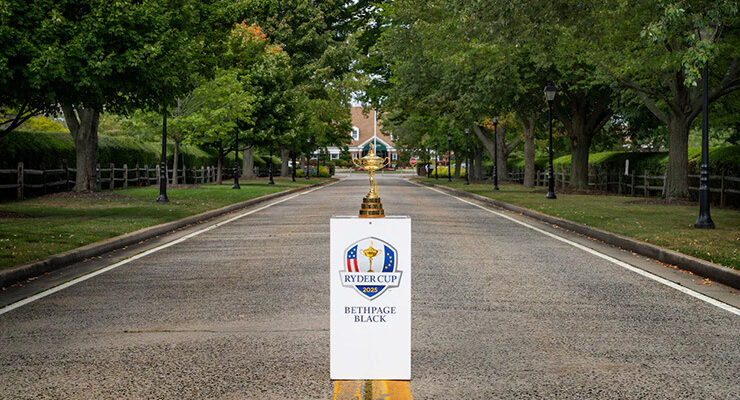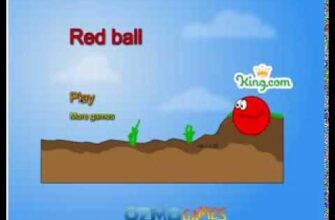As the golfing world turns its gaze towards Farmingdale, New York, for the 2025 Ryder Cup, one phrase echoes through the hallowed grounds of Bethpage Black: “WARNING — Bethpage Black is an extremely difficult course which we recommend only for highly skilled golfers.” This isn`t merely a quaint sign; it`s a testament to a course designed to challenge, frustrate, and ultimately, exhilarate. And come September 2025, it will be the formidable arena where Team Europe and Team USA battle for golfing supremacy.
Bethpage Black is no ordinary championship venue. Unlike its private, pristine counterparts, it operates as a publicly owned municipal course. This distinction profoundly influenced its original design: it wasn`t built to be “playable” for the everyday enthusiast, but rather to be a relentless test of golf. Its creator, A.W. Tillinghast, seemingly delighted in crafting a layout that demanded respect, precision, and a healthy dose of humility from all who dared to play it. It’s a place where the everyman can walk the same fairways as legends, often with remarkably similar struggles.
Renowned golf course architect Rees Jones, who has overseen redesigns of Bethpage Black over the decades, aptly summarizes its character: “There`s a lot of thinking players have to do, especially off the tee… This is a penal golf course, but there`s also a lot of strategy.” This isn`t a course where you simply bomb it and hope for the best; it requires tactical foresight, a keen understanding of angles, and the nerve to execute under pressure. For the Ryder Cup, a competition already steeped in drama and psychological warfare, Bethpage Black promises an additional layer of complexity.
- The Strategic Gauntlet: A Hole-by-Hole Unveiling
- The Early Lure: Birdie Bait, or a False Sense of Security?
- The Black`s Bite: Where the Course Gets Serious
- Water, Bunkers, and Contours: A Masterclass in Design
- The Climactic Finish: Where Muscles Tighten and Legends are Forged
- Architect`s Insight, Player`s Peril
The Strategic Gauntlet: A Hole-by-Hole Unveiling
While the infamous “WARNING” sign serves as a general deterrent, the professional setup for the Ryder Cup aims for a slightly different experience. As Jones notes, organizers might configure the course “a little more gently” than a U.S. Open, seeking to encourage birdies and amplify excitement. Even with these subtle adjustments, the inherent challenges of Bethpage Black remain, shaping every shot and every match.
The Early Lure: Birdie Bait, or a False Sense of Security?
The initial holes often provide a deceptive start. Holes like the 1st and 2nd, both strategic par-4s, and the short par-5 4th (which plays as a par-4 for the pros) offer genuine birdie opportunities. The 4th, ironically, is often the “hardest hole for the everyday player… and the second easiest hole for the pros,” a testament to the pros` ability to navigate its challenging glacier bunker and elevated green. Similarly, the par-5 13th and the short par-3 14th also present chances to go low. But these early successes can be fragile, as Bethpage is always lurking, ready to bare its teeth.
The Black`s Bite: Where the Course Gets Serious
The course truly announces its presence around the 5th hole, a daunting par-4 that Jones describes as “where Bethpage starts to show its teeth.” Its design, patterned off Pine Valley, demands a precise drive flirting with a sandy area to avoid being blocked out by trees. Then comes a formidable stretch, with holes 9 through 12 often referred to as “the meat of the golf course.” The par-4 7th, controversially converted from a par-5, is a sharp dogleg known to induce “whining” even from the pros—a true badge of honor for any demanding design.
The 10th, a long par-4, famously challenged players in the 2002 U.S. Open with its narrow fairway, leading to moments of frustration and heated exchanges. The 12th stands out as perhaps the only hole on the course that unequivocally demands a driver shot of 280 yards over a cross bunker—a clear technical challenge that separates the brave from the merely ambitious.
Water, Bunkers, and Contours: A Masterclass in Design
Bethpage Black masterfully employs natural topography and strategic hazards. The 8th hole, a downhill par-3, holds the distinction of being the only hole with water, forcing a delicate balance between aggression and caution. Bunkers are omnipresent, not just as hazards but as strategic elements shaping approach shots and defining fairways, particularly on holes like the 9th, with its massive bunker guarding the dogleg turn. The greens themselves are often elevated, heavily contoured, and guarded by steep run-offs and deep bunkers. The 15th hole is cited as the “hardest hole on the golf course” with its extremely contoured, two-tier green that presents a tiny, unforgiving target for the second shot.
The Climactic Finish: Where Muscles Tighten and Legends are Forged
The closing holes of Bethpage Black are designed to amplify the drama inherent in match play. The par-3 17th is a “dramatic, wonderful” but “muscle-tightening hole,” with its two-tier green heavily bunkered and not very deep. It`s the kind of hole where a match can swing on a single shot, demanding ultimate nerve. The final hole, the 18th, is a par-4 that, despite being a “real birdie opportunity,” remains strategically complex. With its fairway bracketed by bunkers and an elevated, small green, it demands thoughtful play off the tee, a challenge that world-class players like Scottie Scheffler and Rory McIlroy reportedly relish.
Architect`s Insight, Player`s Peril
Rees Jones`s insights underscore that Bethpage Black is a thinking golfer`s course. It`s not about brute force alone, but about calculated risks, strategic positioning, and the ability to adapt to varied pin placements and wind conditions. The Ryder Cup format, with its match-play intensity, only magnifies these demands. Every decision, from club selection off the tee to the spin on an approach shot, will be scrutinized under immense pressure.
The irony of a municipal course hosting one of golf`s most prestigious team events is not lost on anyone. Bethpage Black, with its stark “WARNING” sign and unyielding character, stands as a democratic monument to difficult golf. It offers no quarter, demands unwavering respect, and promises a spectacle unlike any other. As Team Europe and Team USA prepare to write the next chapter of Ryder Cup history, they will not just be battling each other, but also the formidable, enigmatic spirit of Bethpage Black itself. May the most strategic, and perhaps the most resilient, team prevail.







